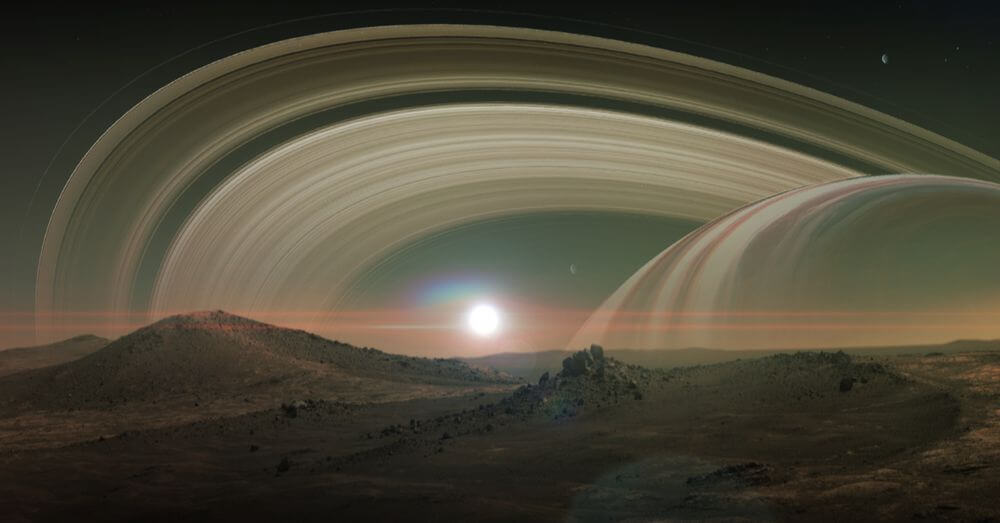
The space agency has included plans for a blockchain solution that could enhance communications for its mission to Titan
NASA is looking into the development of a blockchain solution that can support the space agency’s mission to Titan, Saturn’s icy moon.
A proposal summary from NASA revealed that two tech companies, Orbit Logic and the Fraunhofer USA Center for Experimental Software Engineering have submitted a protocol built on the blockchain that strengthens communications in inhospitable space environments.
It has been dubbed as the Space Communication Reconstruction and Mapping with Blockchain Ledgering (SCRAMBL).
SCRAMBL will use distributed ledger technology to store and propagate a ledger that contains all the relevant data across a variety of networking satellites.
The proposal explains that the ledger is “an inventory of established communication paths based on spacecraft-published connection state changes, but more importantly hosts events, states, objectives, and plans that constitute a Common Relevant Operating Picture (CROP) — key to enabling a space network’s coordination and overall awareness”.
“When complemented with Orbit Logic’s Autonomous Planning System (APS) solution (already developed and proven on high-fidelity testbeds), SCRAMBL will allow the constellation as a whole to achieve greater overall system utility through agent-supported asset teaming strategies.”
The program’s underlying blockchain algorithm would be developed in a way to enable the spacecraft system to continue despite interruptions in communications. In the event that one node encounters issues, the rest are capable of seamlessly and dynamically adapting to the situation and finding the most effective way to transmit a message.
“The space-specific algorithms to be developed under this research topic will be lightweight and tailored toward efficient execution on the resource-constrained computing elements used on satellites. The network path routing optimizations performed will scale well as the constellation is grown, dynamically adapting to the future addition of assets (late joiners).”
These capabilities will be crucial in NASA’s future plans, as it plans on expanding its quadcopter-based mission to Saturn’s Titan. The moon is known for its inhospitable conditions, which pose serious challenges to transmitting data.
The report also notes that SCRAMBL can be used in missions that involve the collaboration of multiple heterogeneous assets hosting onboard behavioral logic, such as interplanetary missions, Earth-observing science, astronomy and planetary exploration.
In addition, SCRAMBL also has the potential to be used outside of NASA., particularly in monitoring the Earth’s geographical events or changes, the weather, human activity, and the coordination of multiple satellite-resident sensors in support of collecting and fusing data in support of data analytics.
